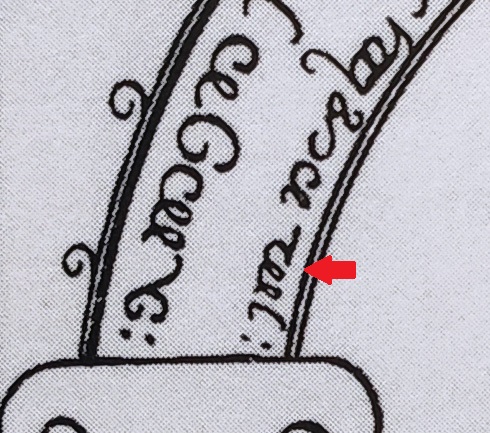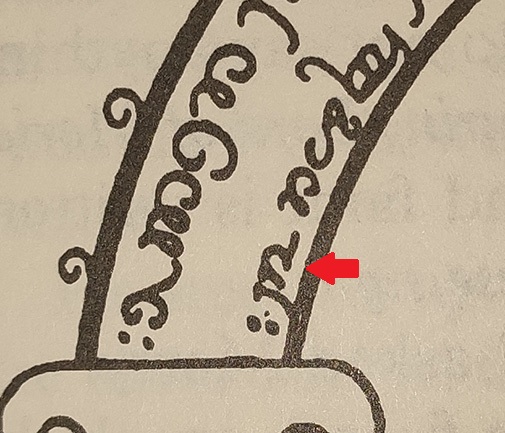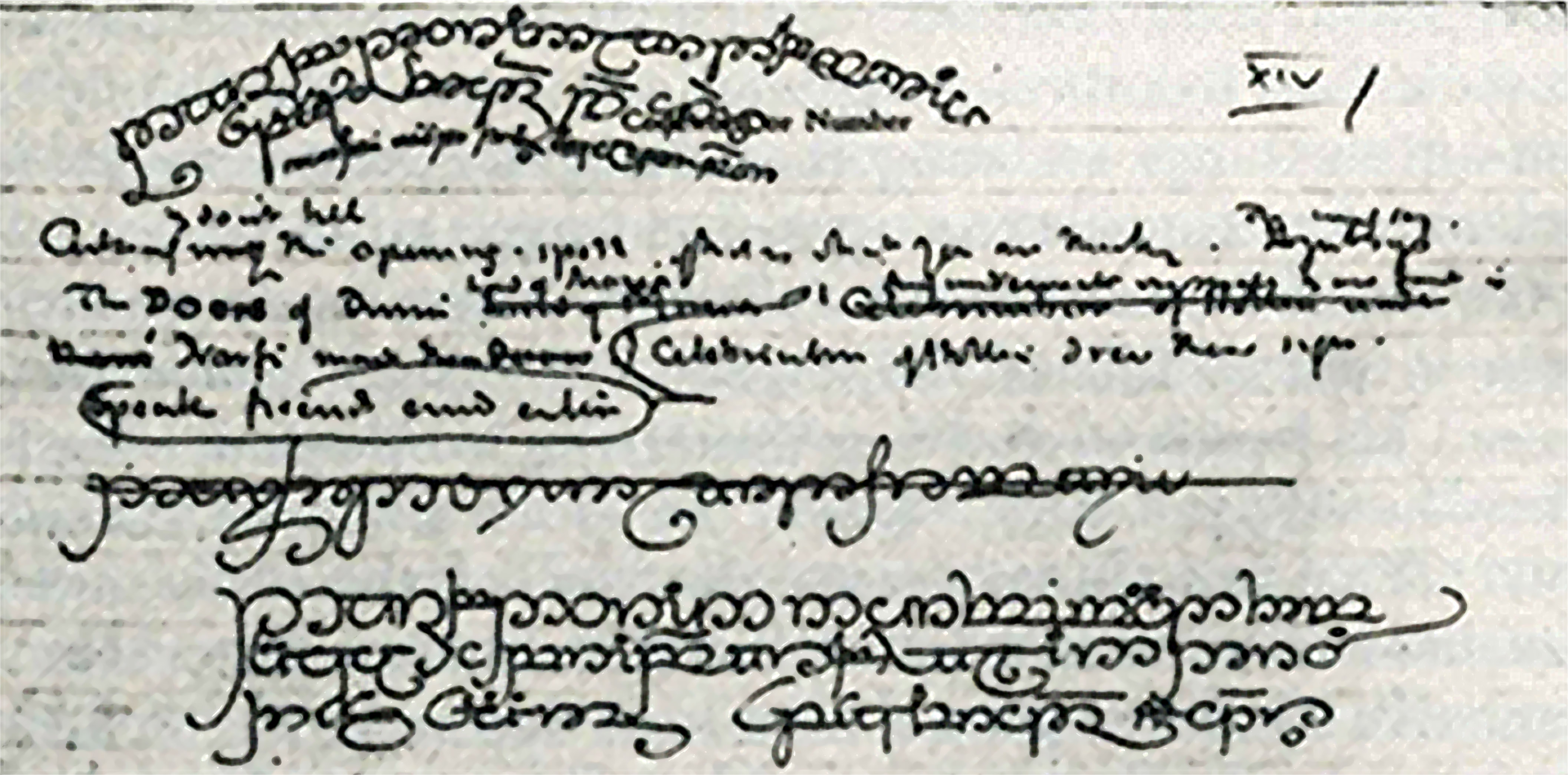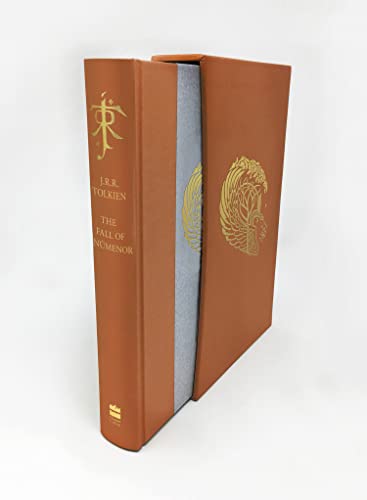16 Oct, 2021
2021-10-16 10:57:50 AM UTC
Greetings all,
Long-time lurker, first-time poster here. As the post title hints, I have a question about the inscription on the West gate of Moria.
When The Fellowship of the Ring was first published, the tengwa representing the "m" on Im Narvi seemed to be tengwa #18 (malta). But already in the single-volume Centenary Edition from 1991, the tengwa that represents the "m" is tengwa #22 (vala); and so it is in the editions nowadays. See images below. I have not been able to narrow down the moment of this emendation, since I don't have access to many editions/impressions of LotR. Does anyone know exactly when it came about?

16 Oct, 2021
2021-10-16 12:01:00 PM UTC
Well spotted!

I chose one of my 1st eds at random; it's the same as that in the 2nd ed 1st imp. (1966)
So I looked at my 2nd ed 2nd imp. (1967) and that's where the change comes in.

16 Oct, 2021
2021-10-16 1:14:39 PM UTC
garm,
Thank you very much for dating the change. So it was carried out during Tolkien's lifetime.

16 Oct, 2021
2021-10-16 1:19:13 PM UTC
Owlamoo, that's right.
Interestingly enough, there are two drawings in The Art of the Lord of the Rings which show this difference - fig.46 is the one used in the first ed. It was not drawn by Tolkien, but by a printer's artist, based on Tolkien's drawing (fig. 44). This has tengwa malta.
However, in fig.47 - poss. a trial drawn by Tolkien, say Scull & Hammond - the inscription has tengwa vala.
(The Art of The Lord of the Rings, pp.70-71)

16 Oct, 2021
2021-10-16 2:44:15 PM UTC
Yes, I'm aware of that. Previously to my post, I did some research thru Hammond and Scull's The Art of the Lord of the Rings and J.R.R. Tolkien: Artist and Illustrator. I also consulted The Lord of the Rings: A Reader's Companion and Hammond's Bibliography looking for some record of this particular change, with no luck.
It is indeed remarkable that all draft versions of the Sindarin inscription in tengwar (up to 6 versions) show vala for "m" with the also notable exception, as you point out, of Tolkien's final drawn version, which was the base of the printer's artist published version.

17 Oct, 2021
2021-10-17 2:35:23 AM UTC
Amazing discovery! I've
noted some similar ones but missed this one. It's also notable the 1st ed version is different from fig.46 in
Art, the dots on "i" are already missing.
In the last word of the outer arc, the word "minno" used
vala for m in all versions, so
malta for m is apparently a mistake, where Tolkien confused mode of Beleriand with classic mode. PE22/30 also confirms
vala is m in mode of Beleriand.

17 Oct, 2021
2021-10-17 1:44:44 PM UTC
Owlamoo wrote:
I wouldn't rule out that the writing of Sindarin im with malta was fully intended by Tolkien at some point. The use of malta (= "mm" in the Mode of Beleriand) could be etymologically justified in this particular word if it reflects its Primitive Elvish origin where a double nasal was involved; this primitive medial double nasal later becoming final and being reduced to a simple nasal in Sindarin. Cf. Vinyar Tengwar 47, pp. 14, 37-38; Parma Eldalamberon 17, pp. 41-42.
Indeed, I find more examples in
eldamo. So maybe he was hesitating between
im and
imm. But Tolkien transcribed both letters as
m under that drawing. So his final decision should be
m.
Owlamoo wrote:
On the other hand, we have another example where Tolkien made the same emendation. In a letter to Anthony D. Rowlett on May 28th 1969 that was auctioned at Sotheby's in 2001, Tolkien firstly wrote Imladrist with malta following the same Beleriandic Mode; but he crossed out that tengwa and added a vala on the left.
Nice call of DTS 58!

18 Oct, 2021
2021-10-18 12:47:39 PM UTC
A good find! Good eyes also.
The first edition printing is obviously of higher quality than later ones. The line definition is much finer.
Enclosed is a cleaned up first version of the text from HoMe VI: the Return of the Shadow.













 9
9 2479
2479